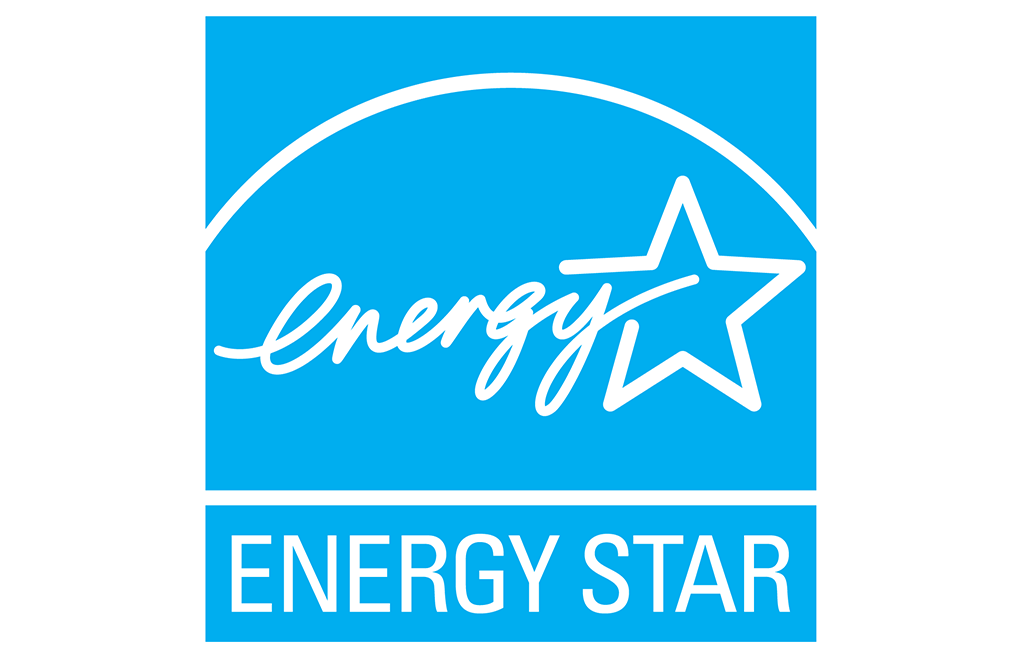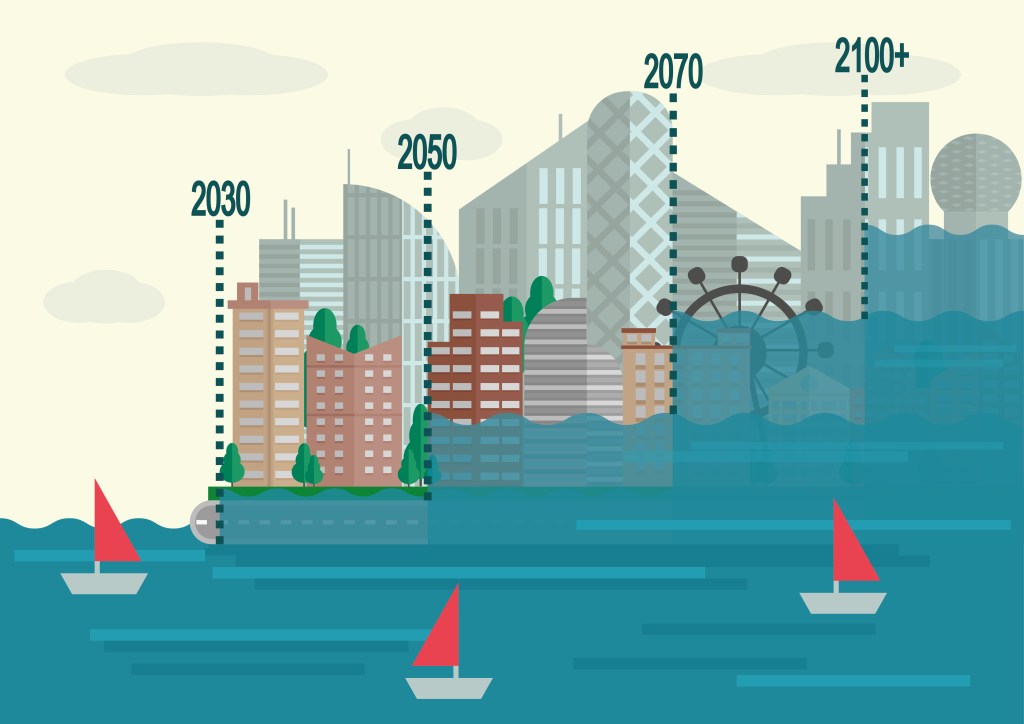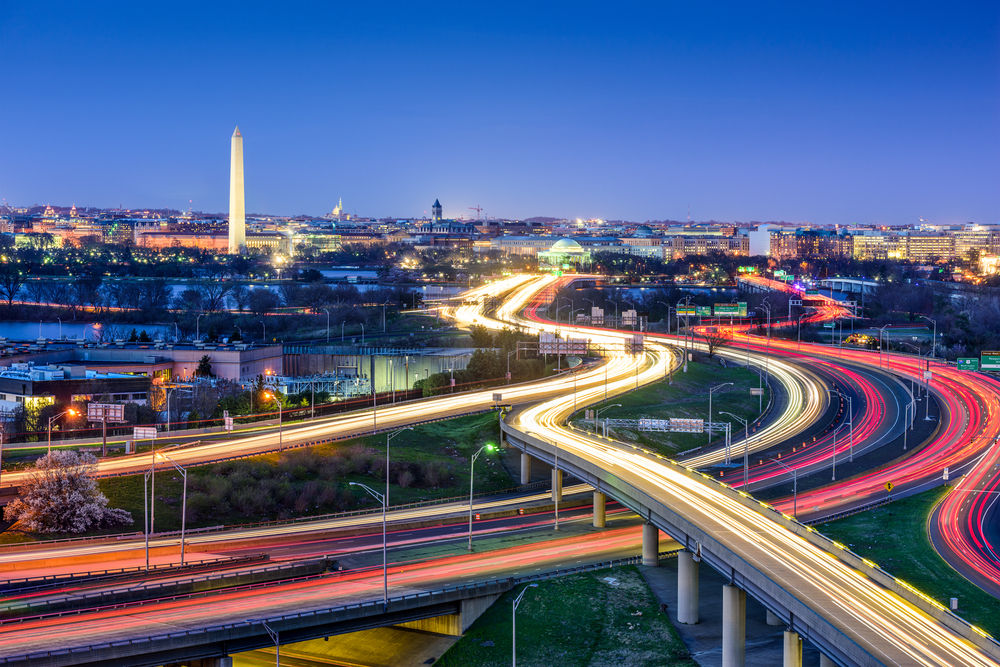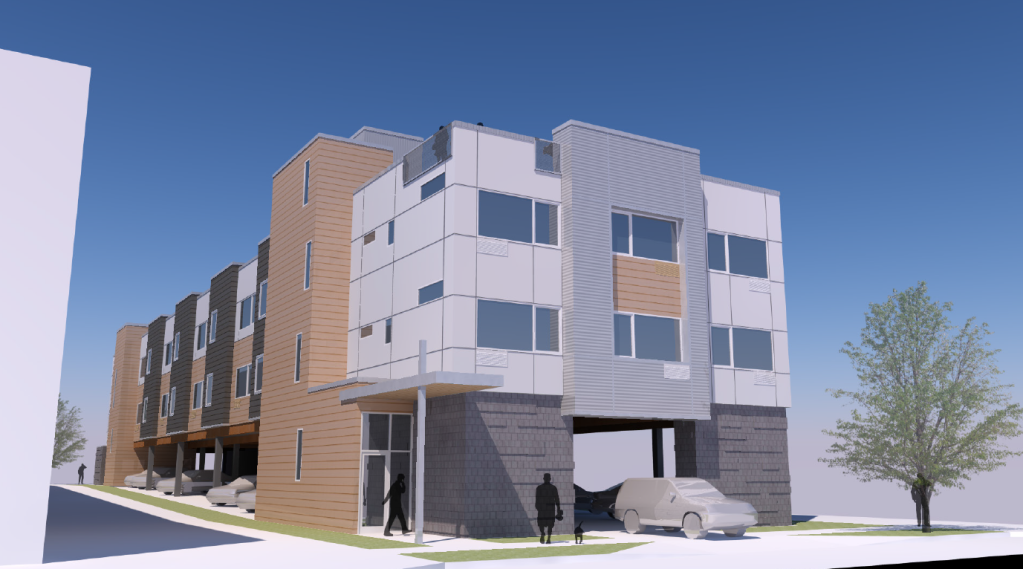40 Sustainable Cities
Alternative power use rising
Nearly four decades after President Carter adventurously installed solar panels on the White House, America’s energy transition away from fossil fuels has seen only modest progress. 2007 marked the first year in history when more than half of the world’s population lived in cities, and the U.N. estimated that, by 2030, urban settings will be home to […]







